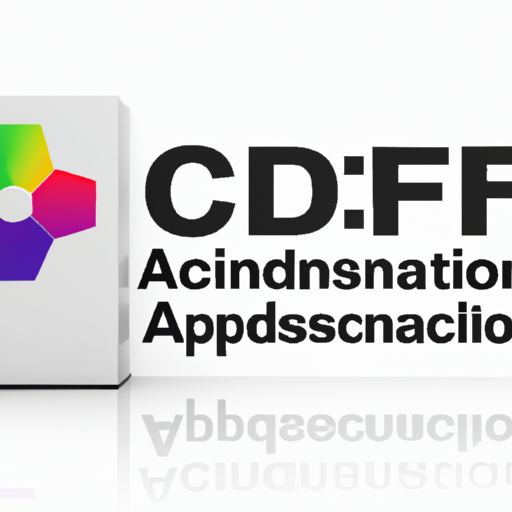Application Development in Aviation: Focus on CFR-25 Compliance
The development of applications in aviation, particularly in the context of compliance with regulations such as CFR-25, is critical for ensuring the safety and reliability of aircraft systems. While the reference to "CFR-25JB-52-10R" may not correspond to a specific regulation, the broader context of CFR-25, which governs airworthiness standards for transport category airplanes, is essential for understanding the regulatory landscape in which aviation applications are developed.
Key Technologies in Aviation Application Development
| 1. Avionics Systems | |
| 2. Data Analytics and Predictive Maintenance | |
| 3. Cloud Computing | |
| 4. Cybersecurity | |
| 5. Simulation and Modeling | |
| 6. Human Factors Engineering | |
| 1. Boeing 787 Dreamliner | |
| 2. Airbus A350 | |
| 3. Delta Airlines' Predictive Maintenance Program | |
| 4. Honeywell's Connected Aircraft Solutions | |
| 5. NASA's Air Traffic Management Innovations |
Success Stories in Aviation Application Development
Conclusion
The development of applications in aviation, particularly in compliance with regulations like CFR-25, involves leveraging cutting-edge technologies to enhance safety, efficiency, and operational effectiveness. Success stories from major manufacturers and airlines illustrate the transformative potential of these technologies in the aviation landscape. As the industry continues to evolve, ongoing innovation and adherence to regulatory standards will be crucial for future advancements, ensuring that aviation remains one of the safest modes of transportation.






